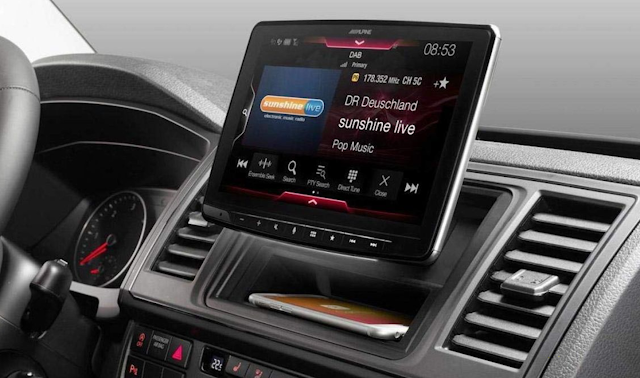The inclusion of big touch screens in modern cars has become a prevalent trend in the automotive industry, and their justification is typically based on several factors:
Centralized Control: Big touch screens allow automakers to centralize control over various vehicle functions and features. This means that drivers can access multiple functionalities through a single interface, potentially reducing distraction by minimizing the need to look at different physical controls scattered around the dashboard.
User Experience and Appeal: Touch screens have become synonymous with modern technology and are often considered more user-friendly and visually appealing than traditional buttons and knobs. Automakers might argue that providing an intuitive and visually engaging interface improves the overall driving experience.
Customization and Updatability: Touch screens offer the advantage of software-based interfaces, allowing for more flexibility in terms of customization and updates. This means that new features and improvements can be delivered to customers through software updates, avoiding the need for costly hardware changes.
Simplification of Interior Design: A large touch screen can help streamline the interior design of a vehicle by reducing the number of physical controls, making the dashboard look more sleek and modern.
Competitive Edge and Market Demand: Automakers often compete to offer the latest and most advanced technology features to attract customers. Touch screens have become an expected feature in many modern vehicles, and not having one might put a manufacturer at a disadvantage in the market.
However, despite these justifications, there are valid concerns and criticisms regarding big touch screens in cars:
Distraction: The use of touch screens while driving can still lead to cognitive and visual distractions, even if they are well-designed. Taking attention away from the road, even for a brief moment, can increase the risk of accidents.
Complexity: Some critics argue that touch screens can add complexity to vehicle operation, especially for older or less tech-savvy drivers. This complexity could potentially lead to frustration and confusion, reducing overall safety.
Haptic Feedback and Physical Controls: Traditional physical controls often provide haptic feedback, allowing drivers to operate them without having to look away from the road. Touch screens, especially those lacking tactile feedback, might require more visual attention and can be more challenging to use while driving.
Dependency on Software and Reliability: A significant reliance on touch screens means that the vehicle's functionality is more susceptible to software glitches, freezes, or malfunctions. This could affect critical systems like climate control or even safety features if not adequately addressed.
Automakers are aware of these concerns and often try to address them by incorporating voice commands, steering wheel controls, and advanced driver assistance systems (ADAS) to minimize distraction and improve overall safety. Nonetheless, it's crucial for drivers to remain vigilant, avoid unnecessary interactions with touch screens while driving, and prioritize safety above all else.


No comments:
Post a Comment